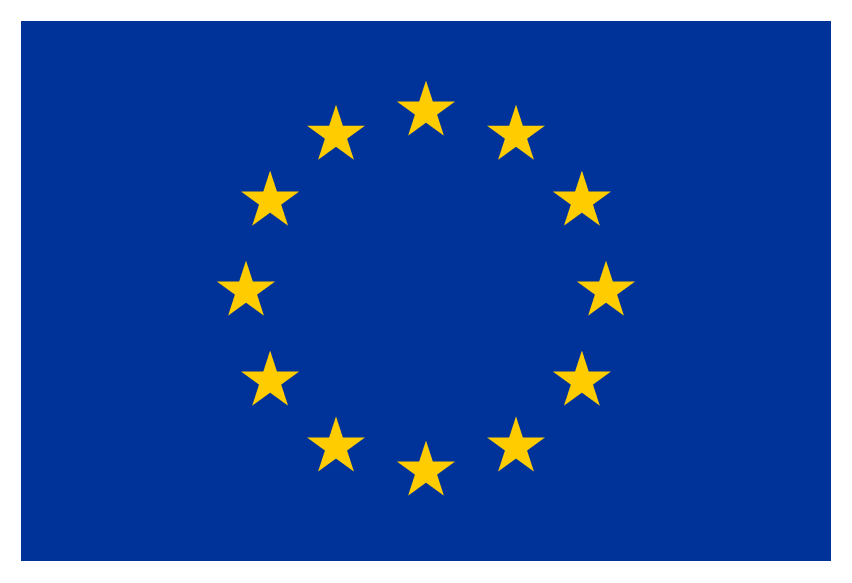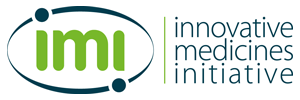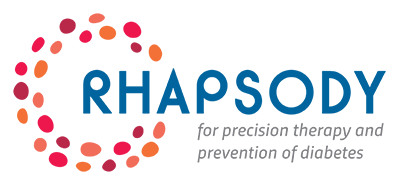Innovative Medicines Initiative (IMI) 2 Call 13: Indicative Topics Published
IMI 2 has just published a list of indicative topics for the call 13 which is foreseen to be launched before the end of the year.
The following topics are under consideration for inclusion in future IMI calls for proposals:
- Assessment of the uniqueness of diabetic cardiomyopathy relative to other forms of heart failure using unbiased pheno-mapping approaches
- Genome-environment interactions in inflammatory skin disease
- The value of diagnostics to combat antimicrobial resistance by optimising antibiotic use
- Mitochondrial dysfunction in neurodegeneration
- Support and coordination action for the projects of the neurodegeneration area of the Innovative Medicines Initiative
- A sustainable European induced pluripotent stem cell platform
- Linking digital assessment of mobility to clinical endpoints to drive regulatory acceptance and clinical practice
- Human tumour microenvironment immunoprofiling
- CONCEPTION - continuum of evidence from pregnancy exposures, reproductive toxicology and breastfeeding to improve outcomes now
- Improving the preclinical prediction of adverse effects of pharmaceuticals on the nervous system
- Translational safety biomarker pipeline (TRANSBIOLINE): enabling development and implementation of novel safety biomarkers in clinical trials and diagnosis of disease
- Federated and privacy-preserving machine learning in support of drug discovery
- Pilot programme on a clinical compound bank for repurposing. This programme includes the following topics: Cardiovascular diseases and diabetes, Respiratory diseases, Neurodegenerative diseases and Rare/orphan diseases
Source: IMI2




This work has been supported by the Swiss State Secretariat for Education‚ Research and Innovation (SERI) under contract number 16.0097-2.
The opinions expressed and arguments employed herein do not necessarily reflect the official views of these funding bodies.




